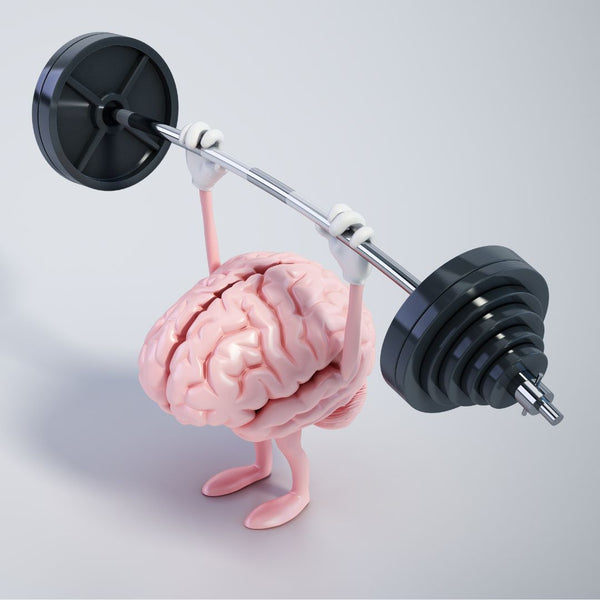The human brain is one of the most complex and fascinating organs in the body. Despite relying on it for every aspect of our lives, from thinking and feeling to controlling our movements and bodily functions, a common misconception about the brain persists: “Is it a muscle?”
Well, no.
To answer this question further, let’s examine the anatomy and functions of the brain and understand how to keep it healthy.
Understanding the Brain: Anatomy and Function
We’ll say it again: the brain is not a muscle. It is an organ made up of soft nervous tissue, consisting primarily of neurons and glial cells. Neurons are tree-shaped specialized cells that send and receive information throughout the body via electrical and chemical signals, while glial cells keep neurons in place and working the way they should.
Muscles, on the other hand, are made up of fibers that tighten (contract) and relax to produce movement. They are broken down into three types: skeletal muscles, which move bones and are under voluntary control; smooth muscles, found in the walls of internal organs and blood vessels; and cardiac muscle, which makes up the heart and pumps blood.
While the brain controls the function of muscles, it does not share their structure or primary function.
The Brain’s Unique Characteristics
The brain is part of the central nervous system, which includes the spinal cord. It is divided into three main regions, each responsible for different functions:
- Cerebrum: The most prominent part, responsible for higher brain functions like thought, memory, and action.
- Cerebellum: Located under the cerebrum, it coordinates movement and balance.
- Brainstem: Connects the brain to the spinal cord and controls automatic functions like breathing, blood pressure, and heart rate.
Brain Health: Exercise for the Mind
Although the brain is not a muscle, the concept of “exercising” the brain holds true in a metaphorical sense. Just as working out strengthens muscles, mental activities can enhance brain function and plasticity—the brain’s ability to change and adapt.
Here are some ways to keep your brain healthy and sharp:
- Mental Stimulation: Engage in activities that make you really think, such as puzzles, reading, learning new skills, or playing musical instruments. These activities stimulate neural connections and can improve cognitive function.
- Physical Exercise: Regular physical activity elevates blood flow to the brain, which may help enhance cognitive function and protect against age-related decline. Activities like walking, swimming, and yoga are beneficial.
- Healthy Diet: A balanced diet rich in antioxidants, good fats, vitamins, and minerals provides the brain with essential nutrients. Foods like blueberries, nuts, fatty fish, and leafy greens are particularly beneficial.
- Social Interaction: Engaging in social activities (meeting up with a friend for coffee or even just a phone call) and maintaining strong relationships can stimulate brain function and improve mental health.
- Quality Sleep: Adequate sleep is crucial for brain health. During sleep, the brain goes into maintenance mode and clears out toxins.
- Stress Management: Chronic stress can have a hugely negative impact on the brain. Techniques like meditation, deep breathing, and mindfulness can reduce stress and improve overall brain health.
Conclusion
The brain isn’t a muscle, but it does require care and exercise to maintain optimal function. By engaging in activities that stimulate the mind and adopting a healthy lifestyle, we can support brain health and enhance our cognitive abilities throughout life. So, instead of scrolling social media endlessly, try picking up a crossword and give that noggin a workout.


